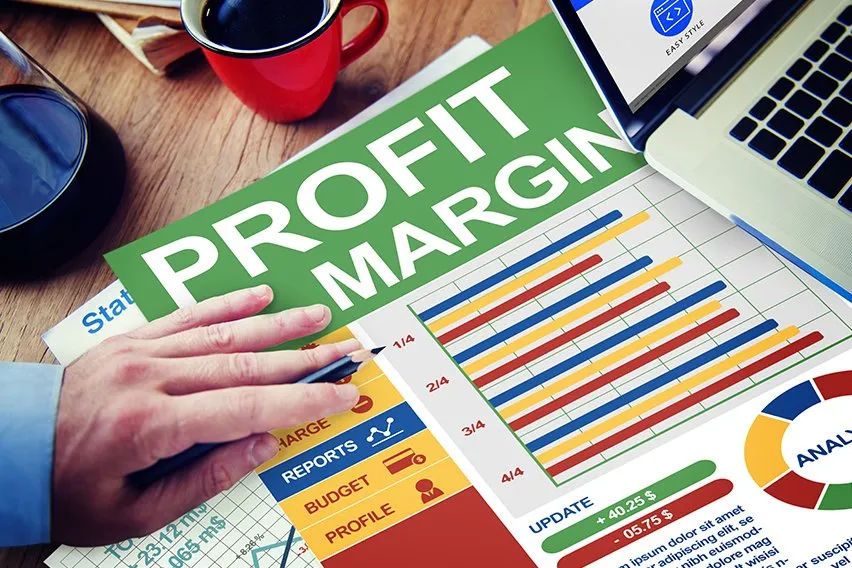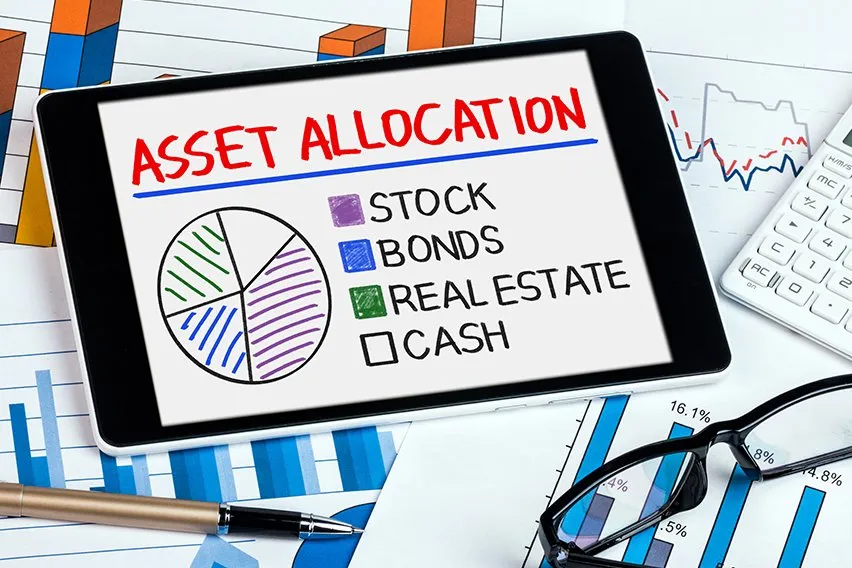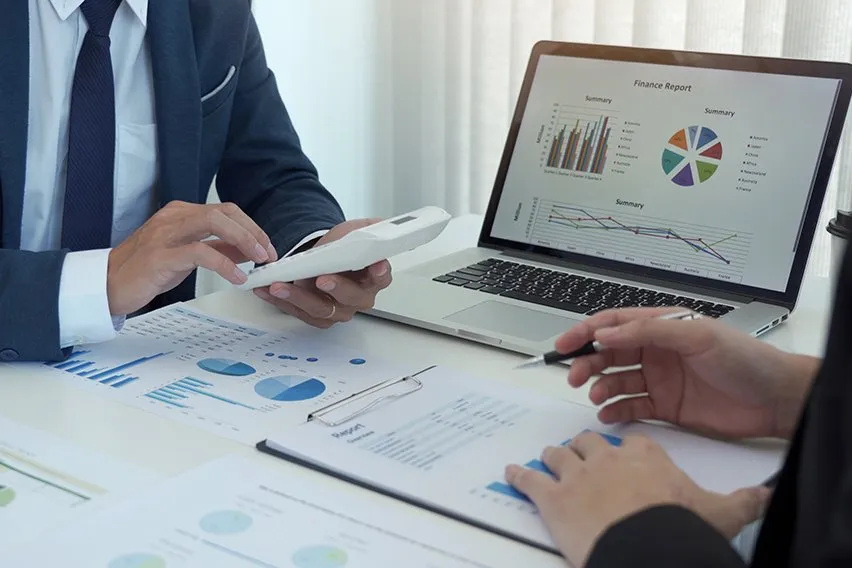A Guide to Filing a Micro-Entity Balance Sheet

If you’re the owner of a small business, then you might be eligible to become a micro-entity. That means that your company doesn’t have to file as many documents each year. You can save time and money on filing fees, which is great news for any business owner!
This article provides a guide to micro-entities. It discusses who qualifies as a micro-entity, the benefits of having one and some disadvantages too!
What Is a Micro-Entity?
A micro-entity is a business that has a small number of shareholders and/or staff members. It’s a company whose annual gross income falls below a certain amount. This amount varies from country to country.
The SME stands for small and medium-sized enterprises. If your business suits this description, then you can also qualify as a micro-entity.

Who Qualifies as a Micro-Entity?
Before we get into the benefits and disadvantages of becoming a micro-entity, you should know who qualifies. To qualify, your business has to meet some strict requirements:
- Your company must be a small entity with no more than 500 employees worldwide.
- Your company must have an annual turnover of no more than €100,000. If you file your accounts in US dollars, then the equivalent amount is $140,000.
- You must be making a loss or show low profits each year. You can also claim to be making negligible profits if your business is just starting out.
What Are The Advantages and Disadvantages of Having a Micro-Entity?
There are many benefits associated with having a micro-entity.
Advantages
Firstly, as mentioned above, saving time and money on filing fees is great! It means that you can spend more time on managing and growing your business.
Secondly, as a micro-entity you’ll be able to claim the R&D (research and development) tax credit. This is extremely beneficial and can really boost your profits!
Finally, there are no restrictions with regard to the number of shareholders, which means that your company can grow to any size. Your small company is not limited by the micro-entity definition!
Disadvantages
The main drawback of becoming a micro-entity is that you cannot raise funds on the stock market, which severely limits where venture capital and investment comes from.
Another disadvantage is that if your business becomes successful, you can’t grow beyond a certain point. You will always be a micro-entity. There are no other benefits for growing your company.
If you want to continue growing your business, then you may have to re-evaluate whether or not it qualifies as a micro-entity.
What’s the Difference between Micro-Entity and Abridged Accounts?
Many people think that becoming a micro-entity is the same as filing abridged accounts. That is not the case!
If your company qualifies as a micro-entity, then you can either choose to become one or not. If you decide not to become one, then abridged accounts are the next best option for you.
The accounting requirements for micro-entities are much less than those of larger companies. They don’t need to prepare an abridged account, directors’ report or several other types of financial documents.
How Do You Create a Balance Sheet for a Micro-Entity?
The balance sheet for a micro-entity is only slightly different from the one you’d create if your business was not classified as a micro-entity. Because of your small size, your gross turnover will be relatively low. Your total assets are likely to remain the same or increase at a very slow rate year on year. You can also reduce your outgoings by applying for tax relief.
To create a balance sheet for a micro-entity, you should:
- Calculate your gross turnover
- Add up the cost of all the goods and services that you’ve sold. Do not include any VAT
- Subtract your total income from your expenditure to reach your net profit
- Now subtract your capital (the initial value of your fixed assets plus any capital investments in the business)
- The final figure is your total assets at the end of that year.
- Finally, calculate your net worth by adding the value of everything your business owns (furniture, equipment etc.) and subtracting what you owe (your current liabilities). This will give you a valuation for your company at the end of that year.
What Other Documents Are Required?
As well as the balance sheet, you’ll be required to create a Profit and Loss statement (P&L) and notes. You can also reduce your filing fees for this financial year if you apply before the 1st of July.
You can learn more about the Micro-Entity and the guidelines on filing your Micro-Entity accounts without any fees here: www.filing-paperwork-help.com. However, you should consult a professional.
How to File Your Micro-Entity Balance Sheet
Once you’ve completed your balance sheet, your accounts should be sent to Companies House with the rest of your documents. If you don’t have an accountant, ask your solicitor to send the documents on your behalf.
You can either file manually or electronically. You can do some filing by post and other filing by eFiling, either on paper forms. Make sure to follow the guidelines and instructions carefully so you don’t make any mistakes.

Can I Get Help Filing My Balance Sheet?
Yes. Whether you choose to file by post or electronically, there are now plenty of services that can take care of your filing for you.
Filing your own accounts is pretty straightforward these days, although it’s always possible to make mistakes.
This is why many companies prefer to let the professionals handle their filings instead. This reduces the risk of human error and saves you valuable time.
Key Takeaways
A Micro-Entity is a classification of business that may not have to pay some corporation tax. This provides some pretty big advantages for the company. There are also downsides. The main disadvantage is that you can’t raise money on the stock market. Your growth will be limited by this classification. If you want to continue growing your business, then it may make sense to re-evaluate whether or not it qualifies as a micro-entity. However, if you’re just starting out, then being classified as a Micro-Entity could provide you with some major benefits. These are related to saving time trying to manage tax filings yourself! Hopefully this guide gives you a better understanding of micro-entities and filing your balance sheet.
RELATED ARTICLES

 How to Calculate Profit Margin: A Small Business Guide
How to Calculate Profit Margin: A Small Business Guide What Is the Profitability Index? Definition & Calculation
What Is the Profitability Index? Definition & Calculation What Is an Asset? Definition & Types
What Is an Asset? Definition & Types What Is a Debenture? Definition & Purpose
What Is a Debenture? Definition & Purpose What Is Cash Flow? Definition, Importance & Examples
What Is Cash Flow? Definition, Importance & Examples Running a Company: What Is a Confirmation Statement CS01?
Running a Company: What Is a Confirmation Statement CS01?